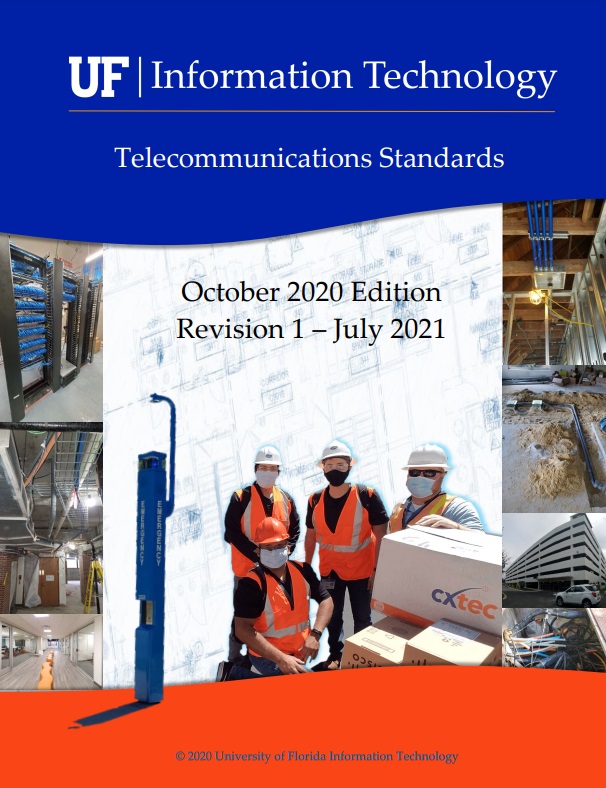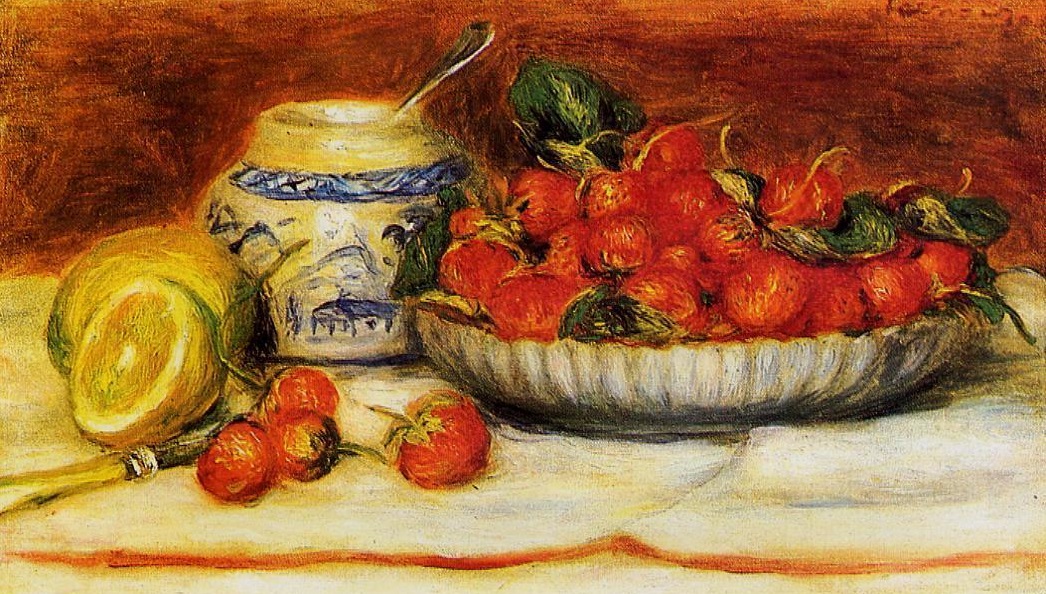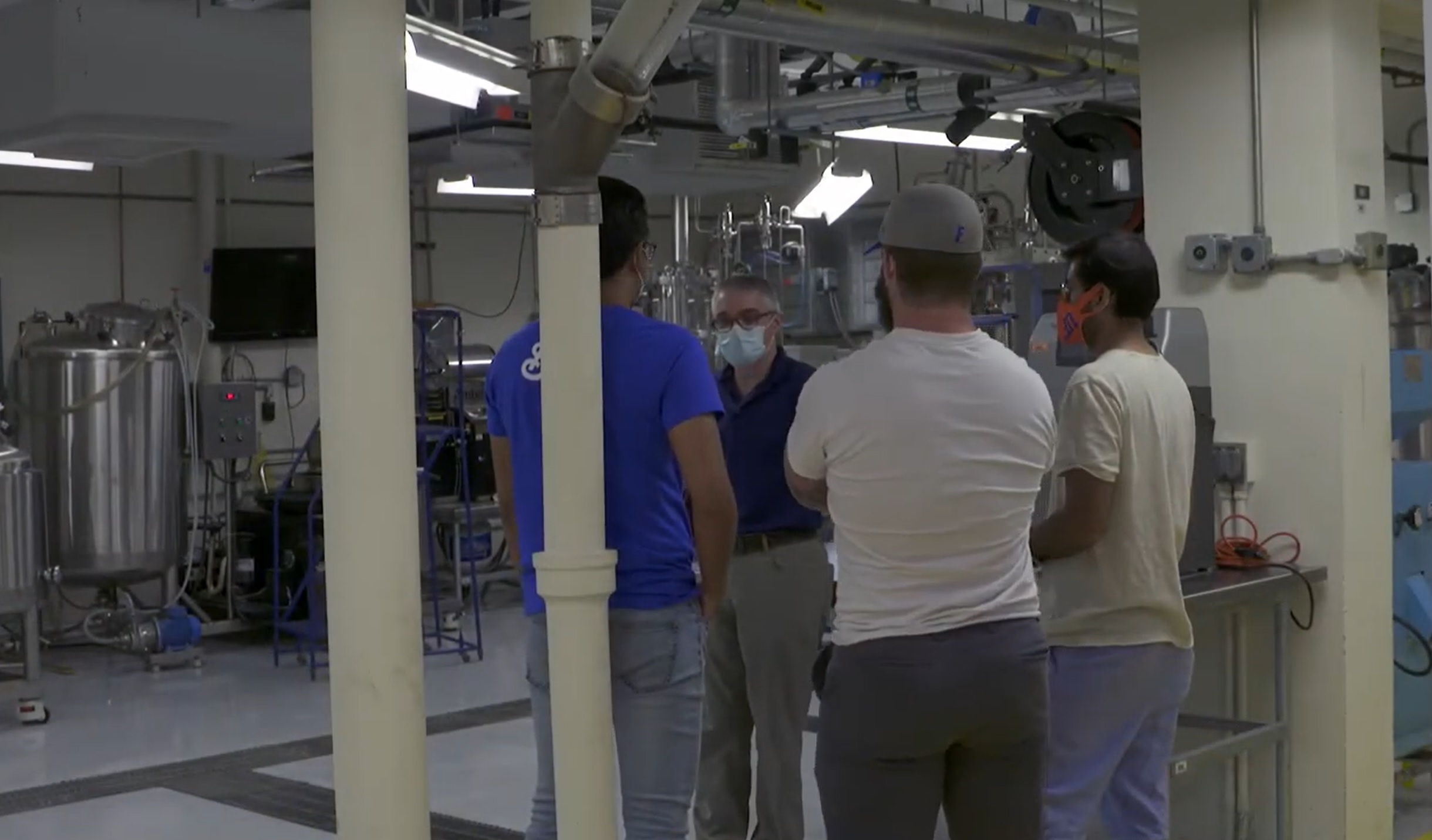Designing a Telecommunications Service Entrance Room (SER) involves careful consideration of various factors to ensure the effective and reliable operation of the telecommunications infrastructure. Here are some typical challenges associated with designing a SER:
- Space Constraints:
- Limited space can be a significant challenge when designing a SER, especially in existing buildings where retrofitting may be necessary.
- Adequate space is needed for equipment racks, cable management, and future expansion.
- Power and Electrical Requirements:
- Ensuring a stable and reliable power supply for the equipment is crucial. This involves considerations for power redundancy, uninterruptible power supply (UPS) systems, and proper grounding.
- Compliance with electrical codes and regulations must be addressed.
- Cooling and Ventilation:
- Telecommunications equipment generates heat, and effective cooling is essential to prevent overheating and ensure optimal performance.
- Adequate ventilation and air conditioning systems must be designed to maintain a suitable operating temperature.
- Cable Management:
- Managing and organizing a large number of cables can be challenging. Proper cable routing, labeling, and documentation are essential for troubleshooting, maintenance, and future upgrades.
- Security:
- Physical security is crucial to protect the telecommunications equipment from unauthorized access and potential tampering.
- Access control systems, surveillance, and security policies need to be implemented.
- Environmental Considerations:
- Depending on the location of the SER, environmental factors such as humidity, dust, and potential exposure to water or other contaminants need to be addressed.
- Scalability and Future Expansion:
- Designing the SER with future growth in mind is important. The infrastructure should be scalable to accommodate additional equipment and technologies as the organization’s needs evolve.
- Equipment Selection:
- Choosing the right telecommunications equipment for the specific needs of the organization can be challenging. Factors such as compatibility, performance, and vendor support must be considered.
- Interoperability:
- Ensuring that different telecommunications systems and equipment can work seamlessly together is crucial for the overall effectiveness of the SER.
- Reliability and Redundancy:
- Designing for high reliability and redundancy is essential to minimize downtime. This involves redundant power supplies, network connections, and backup systems.
Addressing these challenges requires a multidisciplinary approach involving telecommunications experts, electrical engineers, facility managers, and IT professionals. Regular maintenance and updates to the SER design should also be part of the overall strategy to ensure ongoing efficiency and effectiveness.
Facilities Services: University of Florida
Information Technology: University of Florida

















